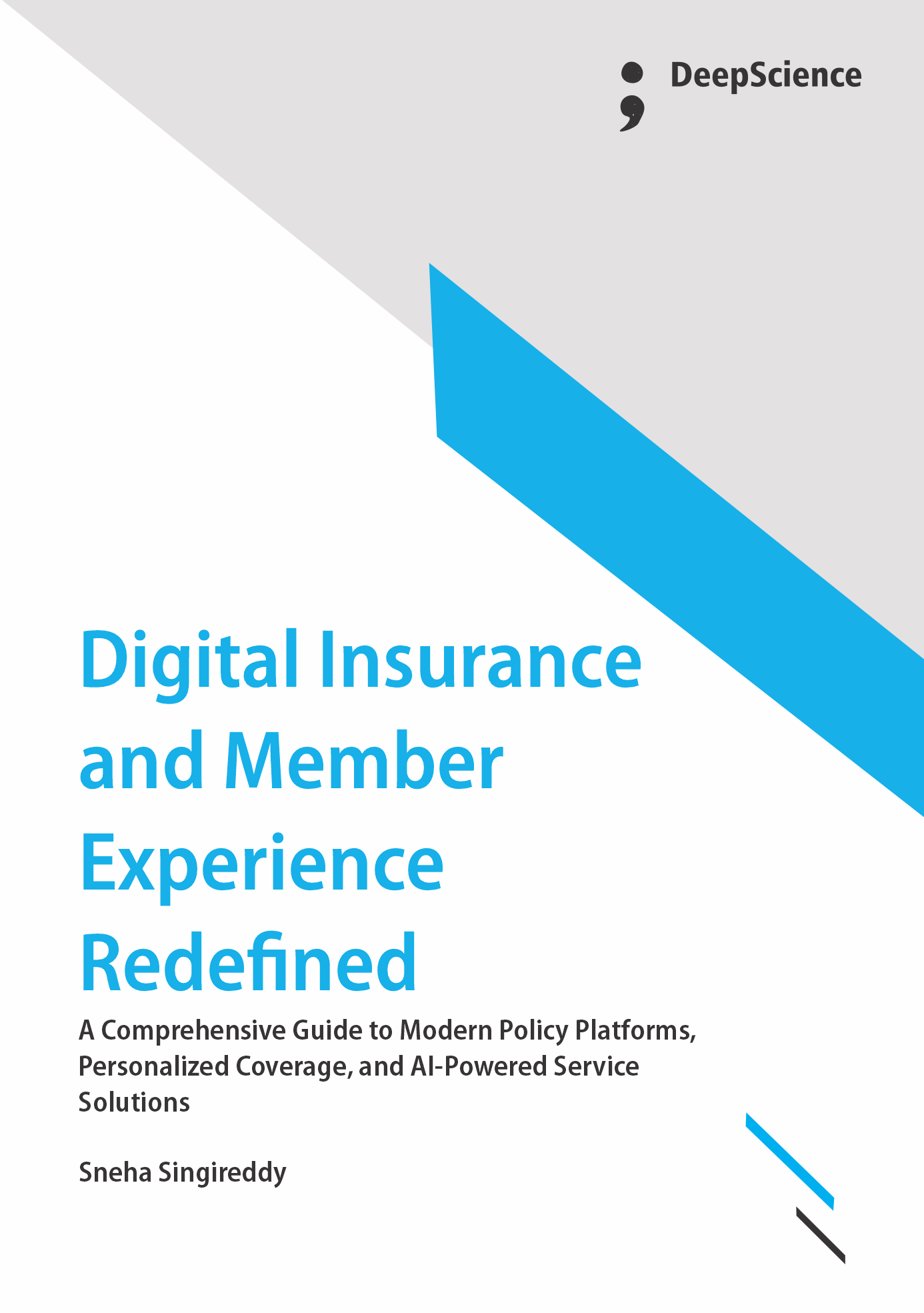A deep dive into auto insurance coverage, premium calculations, and automated claims management
Synopsis
Vehicle insurance coverage provides financial protection against physical damage or bodily injury resulting from traffic collisions, and against liability that could also arise therefrom. It also offers financial protection against theft of the vehicle, and possibly damage to the vehicle caused by other events, such as fire, natural disaster, or vandalism (Lee et al., 2023; Ortega et al., 2023; Kwon et al., 2024). The insurance covers some part of the costs associated with physical injury and property damage resulting from traffic collisions, and the treatment of the injured, thus acting to avert the cost burden that these collisions would impose on both government and society. Automobile insurance premiums are determined at least in part by the motoring risk of the insured person, which makes automobile insurance unique among property and liability coverages. This is because it is overwhelmingly true that the person who is the named insured drives the insured automobile. In fact, in addition to the named insured, the applicants may also include their spouse, who presumably also drives the automobile, and household members who are likely to be occasional drivers. Thus, the motoring risk is that of these people, not of the automobile itself. However, unlike most other property and liability coverages, automobile insurance also covers damage to the property of people who are not the insured. This is true both under the property damage coverage and under the bodily injury liability coverage. These two factors combine to create unusual problems of risk classification that do not arise, or arise less acutely, in other lines of personal insurance (Rahman et al., 2024; Zhang et al., 2025).
2.1.1. Overview of Automobile Insurance Concepts
In the enactment of an automobile insurance policy, an insurance company promises to indemnify the insured against loss arising from any one of a number of risk exposures related to the ownership or use of an automobile. In exchange, the insured pays a premium to the insurance company. At the time of loss, a claim for payment is presented by the insured, and the insurance company investigates the loss and makes payment if the facts warrant. All auto insurance policies cover property and liability exposures, and many policies also cover personal injury exposures. The automobile insurance program evolved from a relatively simple contractual arrangement between companies and policyholders to become a complex array of insurance products offering a wide variety of coverages. These coverages vary according to the automobile rating territory, the type of automobile, the insured's accident record, the amount of exposure, and a variety of other considerations. For the insurance buyer, the selection process can be tedious and confusing. Selection of the appropriate company has public and private ramifications that extend well beyond the individual insured and the insurance companies. Because of the social importance of automobiles and the economic importance of automobile insurance, it is necessary for society and government to pay attention to the costs, availability, and structure of the automobile insurance program. The answers to the questions posed above about coverages, premiums, and claims management can provide considerable information on the automobile insurance product. Insight into automobile insurance is useful for policyholders who may need additional information to assist them in making decisions about this product.













